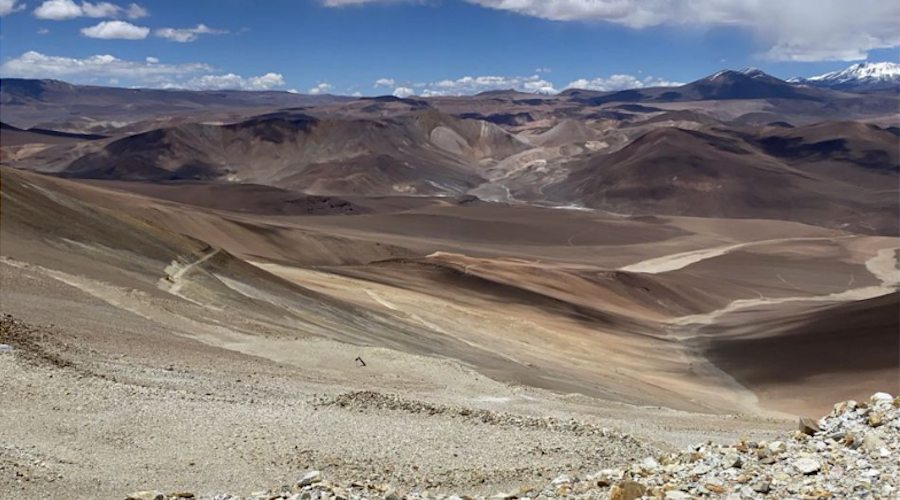No Keystone XL means Canadian crude will stay dirt cheap

Caving to pressure from environmental groups, the Obama administration on Wednesday rejected the $7 billion-plus Keystone XL pipeline which would have carried 700,000 barrels of crude oil a day from the Alberta oil sands to refineries along the US Gulf coast.
Over many months of controversy, opposition to Keystone XL project become so rancorous that if Barack Obama would have approved the pipeline now he would have been starting his re-election campaign with little left of his traditional support base. The president has been under immense pressure about Keystone as environmental activists, political donors and the Hollywood left accuse him of being too cozy with the oil industry.
In a sop to business interests, the administration said on Wednesday it will let TransCanada submit a new application for an alternate route, which would add many months of new planning to the often-delayed project. In November, TransCanada agreed to change the pipeline route in Nebraska, adding roughly 65 kilometres of pipeline and an additional pumping station. Throughout the approval process TransCanada officials appeared to have been caught off guard by the vociferous protests the pipeline elicited. A similar pipeline three years ago was approved with little opposition.
Canadian heavy oil (the Western Canada Select contract) – exported only to the US due to a paucity of pipelines – sold for $21.20 less than US crude on Wednesday. The price Canadian producers receive has been sinking steadily since September when the price differential was only around $8.
Even Syncrude, a light oil made from oil sands after undergoing an expensive upgrading process, now sells at a discount to WTI of to $5.20 a barrel – down from a premium of $18 six months ago during an upgrader outage.
The US benchmark, West Texas Intermediate on Nymex, in turn traded at a discount of just under $11 to the international North Sea Brent benchmark that settled at $111.50 on Wednesday, meaning oil sands producers now sell some of the cheapest fuel on the planet. Canada exports two million barrels of crude to the US per day of which 1.5m come from oil sands.
Apart from environmental campaigners and clean energy proponents, other players may also be rejoicing the death of Keystone XL: MINING.com has argued in the past that if Keystone XL is built the biggest losers will not be the Greens, it will be Big Oil: Keystone XL will bring Canadian crude, which sells at a steep discount, more in line with global prices. At the same time a huge slice of the record profits of Chevron, ConocoPhillips and Exxon Mobil will we wiped out. Here’s why.
Even if both TransCanada’s (NYSE:TRP) Keystone XL and Enbridge’s (TSE:ENB) Northern Gateway pipelines are built, bitumen is expensive to extract, upgrade and refine and cannot compete with the many new shale oil plays – particularly in the Bakken oil basin – which have pushed US production to its highest level in a decade and could see it become the planet’s number one producer of crude. Read more…
The Canadian government and Alberta oil industry are now turning their attention to the Northern Gateway pipeline project that would stretch for 1,170km from Brudenheim in Alberta to a new marine terminal in northern British Columbia to serve Asian markets. But the $5.5 billion project which has significant Chinese backing, is already almost a year behind schedule and would not go into operation until 2017 at the soonest.
Even this schedule is optimistic: started last week, an unprecedented 4,000-plus people – the vast majority environmental activists – began speaking for a collective 650 hours at public hearings. Read more about Gateway and its most formidable opponent…
Image by rook76 / Shutterstock.com
More News
{{ commodity.name }}
{{ post.title }}
{{ post.date }}




6 Comments
RON HARTMAN
Now that America has “shot itself in the big toe” by making Canada spend all the money to go thorugh the Rockies to get to shiiping ports in B.C., and if Americans get further gouged by the big 5 – XOM, BP, CVX, COP & RDS-A/B – THEY BETTER WAKE UP AND START DEMANDING THAT BIODIESEL FROM RENEWABLE STOCK SUCH AS ALGAE AND SEAWEED will work damned well as replacements for auto fuel, as Canada turns its entire countryside in northern Alberta into an ugly pile of holes in the ground – kiss off tourism?
Djlacey
As an industry vet of Fort Mac this does not worry me. Oilsands large cap operators have steady long term flexible growth plans and short term steady markets. If anything this will create the proper supply/demand cycle to offer the Wood Buffalo region time to catch up with infrastructure and delay the ridiculous pace of growth the oilsands has seen since 2000. Perhaps my children will even have an opportunity to work in the mining industry beyond 2035.
Alberta and Canada need to consider our own energy balance and long term domestic supply challenges. These pipeline delays are a blessing in disguise. It will piss off a number of small to mid size and reflect poorly on market growth for the biggies. Who cares. The stock market has made me a hundred grand in 15 years of employment.
At least I will be left with a slightly more sustainable industry and a helluva better community.
bddd
Obama is such an embarrassing, miserable failure, even Kenyans are now saying he was born in Hawaii!
Dchausse54
when i see all those greenies live in caves, grow their own food and ride bicycles i will start listening, instead they live in homes warmed by oi,l drive cars fueled by oil and eat food that grows using fuel based machinery they make me sick with their hypocracy. They want all the comforts that oil provides and then complain about how the oil gets there. What a joke
inOr
I was watching a ‘discussion’ between proponents and opponents. One of the former said that the pipeline would help us decrease our dependence on foreign oil. If there’s one thing that could induce the Canadians to cut off our oil, it’s being considered part of the US.
Wyoming Roughneck
Port Arthur, Texas is a Free Trade Zone. Little wonder the Crude will go there. I Challenge anyone to show how it will not be processed at the refineries and then shipped out free of US tax to other countries. Why not send it to other refineries that are much closer. The bakken is also without a pipeline yet we make do. i think this is just a scare tactic to get something for nothing. take your oil to china. your heavy crude is a bitch to pump. that is why you need bakken light sweet crude to blend and the taxes imposed by Canada are why you need port Arthur Texas and free trade statues. take your oil to the chi-coms and shove off. tired of listening to the spin.